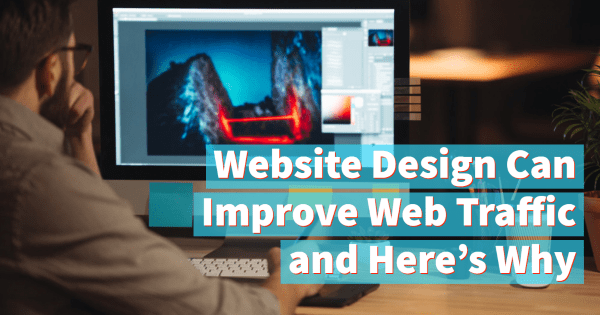Posted on February 7, 2022
If you’re like most business owners, you want your website to be successful. You may have heard that good web design is key to driving traffic to your site, but what exactly does that mean? And how can you make sure your website is designed in a way that will actually increase traffic? In this post, we’ll explore some of the basics of web design and how it can impact traffic levels.
Website design is all about how your site looks, feels, and works. Many small business owners make the mistake of assuming that their websites will only need to provide information — but in fact, it’s important to remember that most people are visiting your site not because they want more content but because they’re looking for something specific that you offer.
When it comes to average dental practices, it’s important to note that the annual average for patient attrition ranges between 10% and 30%. This data, published by the National Center for Biotechnology Information, indicates that patient turnover can vary for a number of reasons. In order to keep as many patients as possible while still generating new ones, it’s essential to take your online presence into consideration.
We live in a digital world, so here’s how web design can impact your traffic levels:
The faster your site loads, the better. There is a huge difference between a website that takes a few seconds to load and one that needs to be loaded with several program hoops. A slower site may result in potential customers simply leaving your site before even seeing your content or they might try to visit your site again later on but give up if it still doesn’t work.
When it comes to SEO, your web design is a crucial factor. If a website is well-designed and easy for search engines to index, it will likely rank higher in search results, which means more people visit your site. The opposite is also true. If your site is not optimized for search engines, it will be much harder to find through web searches.
It’s a fact that a well-designed website is more likely to be popular on social media sites. A poorly-designed website might discourage visitors from sharing it on Facebook, Twitter, and Pinterest — where people expect to see appealing visuals. Again, this will limit the amount of traffic you get from online sources. It’s also helpful to utilize these platforms to maintain an active social media presence, as it will help personalize your practice.
If your site is not designed well, it’s more difficult for visitors to find what they’re looking for. It also makes it harder for them to reach out to you through contact forms or other messaging options. A website that doesn’t provide easy navigation and clear calls-to-action will likely have lower conversion rates than one that does — which means fewer leads and sales.
Your website is a crucial part of your practice. It’s therefore vital that you take the time to choose a web design that will help you reach your goals. Contact us today if you’re looking to improve your online presence and close more new patient leads.
